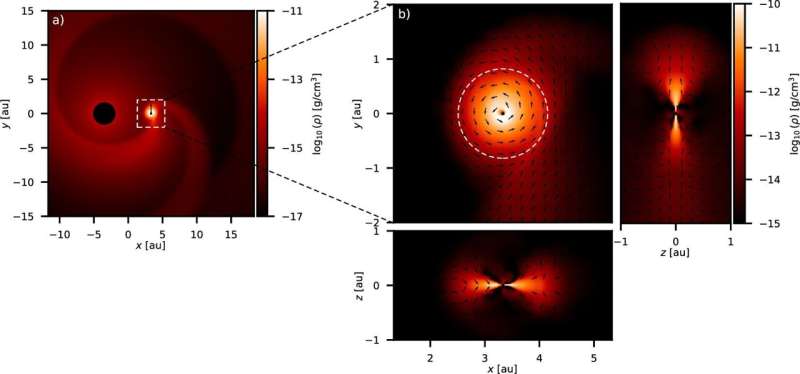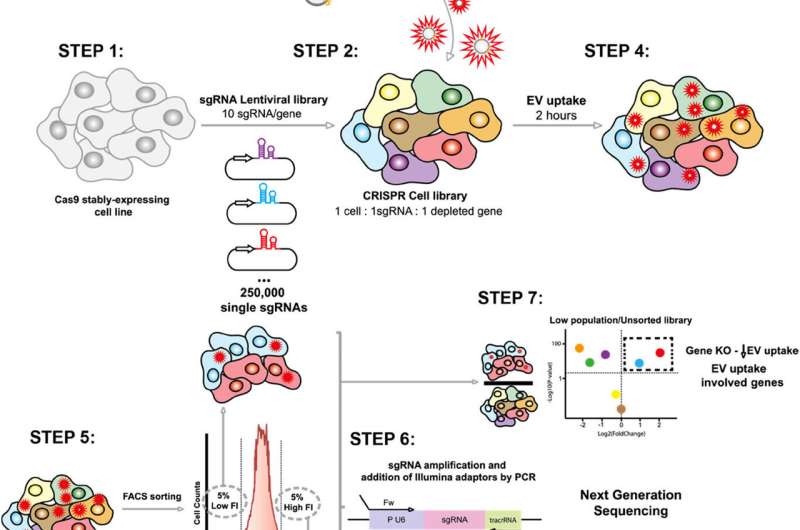Research comparing Earth and Mars reveals significant differences that determine why Earth is the only planet known to support complex life. While both planets share some geological similarities, such as polar ice caps and canyons, their atmospheric and environmental conditions diverge sharply. This analysis sheds light on the unique attributes that make Earth a perfect habitat for life, contrasting it with the harsh realities of Mars.
Atmospheric Conditions and Life Support
The atmosphere plays a crucial role in determining a planet’s habitability. Earth’s atmosphere is dense and composed of approximately 78% nitrogen and 21% oxygen, providing essential conditions for cellular respiration and supporting diverse ecosystems. In contrast, Mars has a thin atmosphere, about 100 times less dense than Earth’s, consisting predominantly of carbon dioxide (around 95%), with only trace amounts of oxygen and water vapor. This composition makes it nearly impossible for Earth-like life to survive on Mars.
One of the most critical factors for sustaining life is the presence of liquid water. Approximately 70% of Earth’s surface is covered by liquid water, vital for life. Mars, however, is mostly frozen, with liquid water exceptionally rare due to its low atmospheric pressure and frigid temperatures. Recent discoveries of ancient riverbeds and polar ice caps indicate that Mars once had liquid water, suggesting that it may have supported life in the past.
Temperature Stability and Geological Activity
Earth maintains an average surface temperature of around 14°C, with seasonal variations moderated by its oceans and atmosphere. Mars, on the other hand, experiences a much colder average temperature of about -60°C, with extremes that can plunge even lower. This stark difference in climate stability significantly impacts the potential for life on each planet.
Geological activity is another factor that enhances Earth’s habitability. The planet’s dynamic plate tectonics contribute to climate stability, nutrient recycling, and the regulation of carbon cycles. Mars possesses no active plate tectonics, leading to a geologically inactive surface. This inactivity hampers its ability to recycle atmospheric gases and maintain a stable environment.
Furthermore, Earth’s strong global magnetic field protects it from harmful solar radiation and cosmic winds, preserving its atmosphere. Mars, lacking a global magnetosphere, is exposed to radiation, which erodes its atmosphere and contributes to its inhospitable conditions.
The comparison of Earth and Mars not only highlights the unique characteristics that make Earth suitable for life but also informs ongoing scientific missions aimed at understanding planetary habitability. These missions seek to uncover signs of past or present life on Mars, despite the challenges posed by its extreme cold, radiation exposure, and lack of liquid water.
Understanding the differences between Earth and Mars also sheds light on the broader implications for exoplanets in habitable zones around other stars. The concept of the “Goldilocks zone,” where conditions allow for liquid water to exist, plays a significant role in the search for life beyond our solar system. Earth lies comfortably within the Sun’s habitable zone, while Mars orbits near its outer edge, resulting in its colder temperatures and frozen conditions.
As scientists continue to study Mars, they gain insights into why some planets lose their atmospheres and water, emphasizing the importance of magnetic fields and geological activity in maintaining habitability. Mars’ history provides valuable lessons for understanding planetary evolution and guides future exploration efforts.
In conclusion, the comparison between Earth and Mars underscores why Earth remains the only planet known to support life as we know it. Differences in atmospheric density, water availability, temperature stability, magnetic protection, and geological activity define Earth’s unique capacity to sustain life. While Mars offers compelling lessons about planetary habitability, it serves as a reminder of the delicate balance required to support life, fueling ongoing scientific inquiry and exploration.







